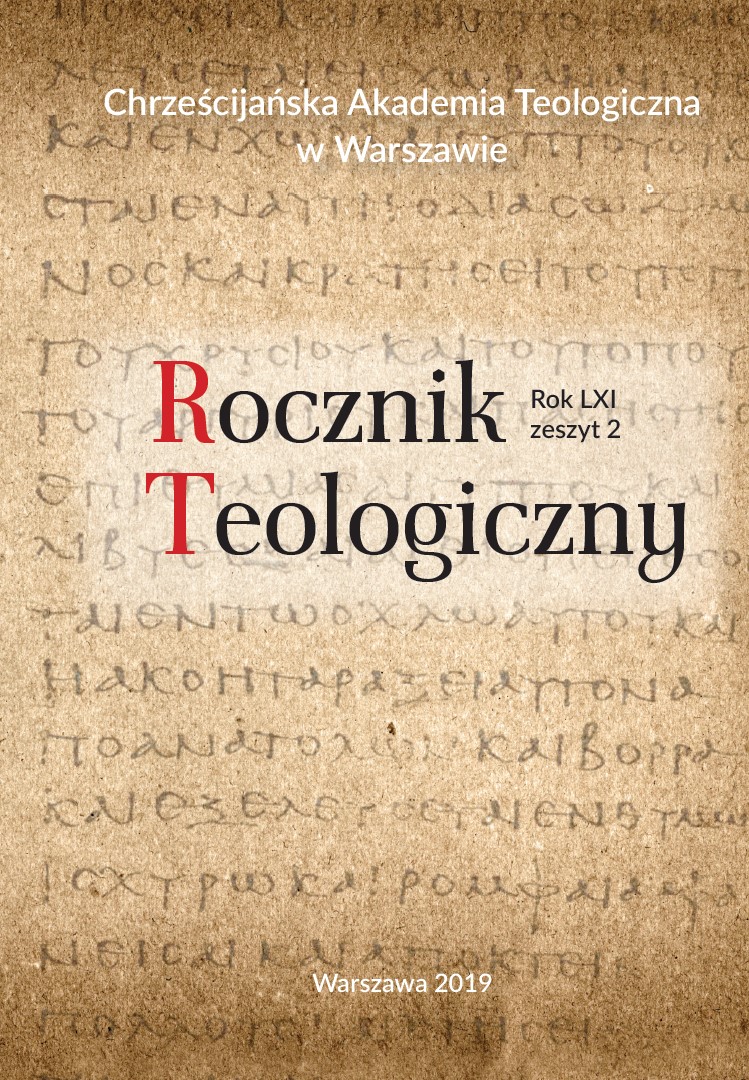Różne interpretacje biblijnego motywu stworzenia kobiety i mężczyzny w polskojęzycznej literaturze parenetycznej XVI-XVII wieku (w świetle tradycji egzegetycznej)
Various Interpretations of the Biblical Motif of Man and Woman in Polish Moralistic Literature of the 16th – 18th Centuries (in the light of exegetical tradition)
Author(s): Beata Stuchlik-SurowiakSubject(s): Christian Theology and Religion, Polish Literature
Published by: Wydawnictwo Naukowe ChAT
Keywords: the Bible; the Book of Genesis; Adam and Eve; marriage; creation; moralistic literature; exegesis; interpretation
Summary/Abstract: The description of the creation of the first people contained in the Book of Genesis has stimulated the imagination of both Bible researchers and ordinary readers since time immemorial. The motif of the creation of Eve from the rib of Adam has been analysed most eagerly as it is one of the most vivid descriptions in the Old Testament. It has always been interpreted in the context of mutual relations between a man and a woman, between husband and wife. Saint Paul wrote about it in the First Letter to Timothy pointing out that a man was superior to a woman because he was created first. In later periods that description was interpreted in the same way by many preachers, writers and poets. Others, however, underlined that a man was equal to a woman because Eve was created not from Adam’s head or leg but from his “inside”. There were also those who claimed (e.g. Jan Kochanowski) that a woman was superior because she was created from a clean bone whereas Adam was created from dirty ground.
Journal: Rocznik Teologiczny
- Issue Year: 61/2019
- Issue No: 2
- Page Range: 203-223
- Page Count: 21
- Language: Polish

